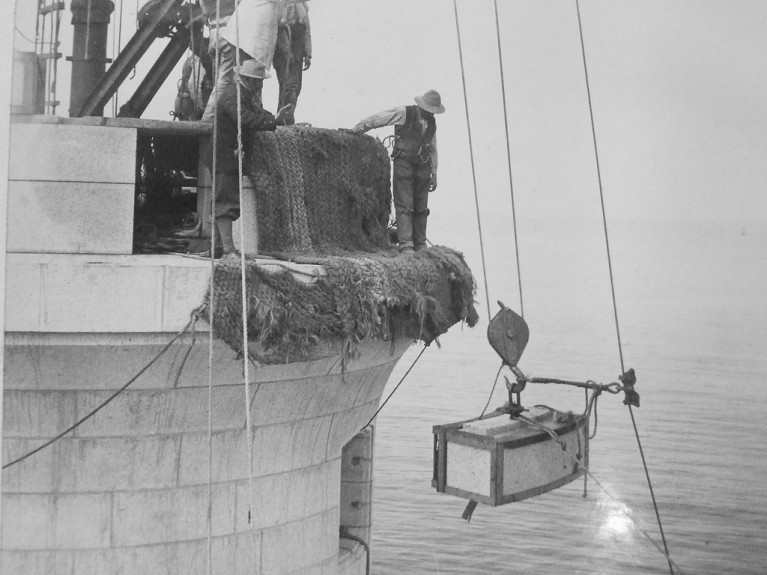The next Glenua lecture is to be held this coming Thursday 6th February (and not the following week as previously advertised).
The venue will be at Poolbeg Yacht & Boat Club, Ringsend, Dublin and where an entry contribution of €5 will be in aid of the RNLI.
The subject of the lecture (starting at 20.00) is: “The Fastnet Lighthouse - history, evolution and iconic status”
The speaker is Alan McCann who worked as an engineer for over twenty years for the Commissioners of Irish Lights. He has extensive knowledge of the history and technical evolution of Irish lighthouses. His engineering experience includes the design, installation and maintenance of both lighthouse equipment and floating aids. He was heavily involved in the automation of the Fastnet in the late 1980's.
Fastnet is the tallest and widest rock lighthouse tower in Ireland and Great Britain. It was a monumental achievement when completed in 1904. The graceful upward curve of the new lighthouse is composed of more than 2,000 interlocking granite blocks quarried in Cornwall. It is still a vital navigational aid, despite automation in 1989. Its iconic status is undiminished, not least because of the biennial Fastnet Yacht Race which in 1979 was the occasion of the greatest yacht-racing disaster ever witnessed.
Alan’s illustrated talk will trace the architectural and navigational evolution of the Fastnet rock tower from the 1850's to the present day. He will cover, not only the technology but also the arduous life of the people involved, especially that of the resident colony of up to twenty-two workers, building the new lighthouse over 7 seasons and the subsequent generations of light-keepers.

























